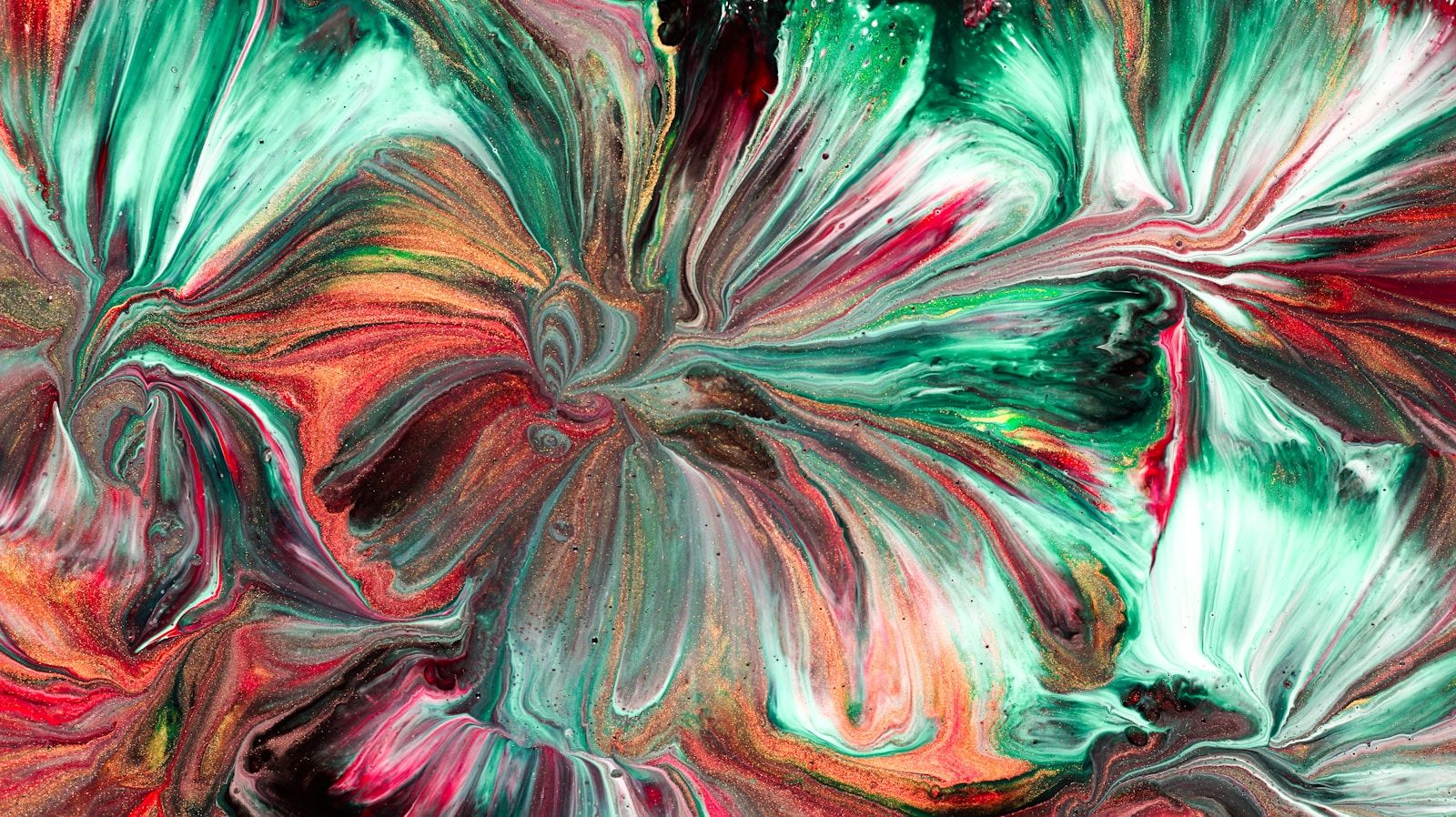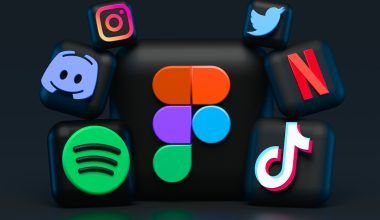In today’s music industry, there’s more freedom than ever for artists to take control of their own careers. You no longer need to rely on traditional distributors to get your music out into the world. With the right tools, platforms, and strategies, you can distribute your music independently and connect directly with your audience. Let’s dive into how to distribute music without a distributor, step by step.
Understanding the Basics of Music Distribution
Before we explore how to distribute music without a distributor, it’s important to understand what music distribution means. In simple terms, it’s the process of getting your music into the hands (or ears) of listeners. Traditionally, distributors worked with record labels to place music in physical stores or on digital platforms. But today, you can bypass these middlemen entirely and take control of your music career.
Why Distribute Music Without a Distributor?
Going the independent route has many advantages. First, you keep more of your earnings since there’s no middleman taking a cut. Second, you have complete control over your music, branding, and release schedule. Finally, distributing music independently allows you to build a closer relationship with your fans, which can be more rewarding in the long run.
Platforms That Let You Distribute Music Directly
Several platforms make it easy to release music without using a traditional distributor. Here are a few popular ones:
Bandcamp
Bandcamp is a fantastic platform for independent musicians. It allows you to sell your music directly to fans and even lets you offer merchandise and physical copies like CDs or vinyl. Bandcamp takes a small percentage of sales, but you keep the majority.
SoundCloud
SoundCloud isn’t just a streaming platform; it’s a community for artists and fans. You can upload your tracks for free or choose a paid plan for additional features. SoundCloud also offers monetization options, so you can earn from your streams.
YouTube
YouTube is an essential tool for any musician. You can upload your songs, music videos, or even lyric videos to reach a global audience. Use YouTube’s tools like YouTube Studio to analyze your performance and optimize your uploads.
Social media isn’t just for selfies and memes; it’s a powerful tool for music distribution. Platforms like Instagram, TikTok, and Facebook allow you to share your music directly with your audience. You can create snippets, teasers, or even live performances to promote your work.
Creating Your Own Website
A personal website is like your online headquarters. It’s a place where fans can find all your music, videos, tour dates, and more. Here’s how to make it work:
- Use website builders like Wix, Squarespace, or WordPress to create a professional-looking site.
- Include a music store where fans can purchase your songs directly.
- Set up a mailing list to keep your audience updated about new releases and shows.
Using Streaming Platforms Without a Distributor
Although some platforms require a distributor to upload music, there are ways to get your tracks on major streaming services independently. Here’s how:
- Spotify: Use Spotify for Artists to claim your profile and upload music directly if you’re part of their direct upload beta (availability varies).
- Apple Music: Consider aggregators that let you upload directly without acting as traditional distributors.
- Amazon Music: You can sell your tracks as MP3 downloads through Amazon’s self-service tools.
Leveraging Crowdfunding for Music Distribution
Crowdfunding platforms like Kickstarter, Patreon, and GoFundMe are great for raising funds to support your independent music career. Fans can contribute to help cover recording costs, marketing expenses, or even a vinyl pressing of your album. In return, you can offer exclusive rewards like early access to music, personalized merchandise, or private performances.
Collaborating With Influencers and Bloggers
Word of mouth is powerful, and influencers and bloggers can help spread the word about your music. Reach out to influencers on TikTok or Instagram to feature your songs in their content. Similarly, contact music bloggers and ask them to review or feature your latest release.
Promoting Your Music Effectively
Once your music is out, promoting it is the key to reaching a wider audience. Here are some ideas:
- Email Marketing: Use your mailing list to share new releases, exclusive updates, and concert announcements.
- Social Media Ads: Run targeted ads on platforms like Instagram and Facebook to reach potential fans.
- Engage With Fans: Respond to comments, host Q&A sessions, and create behind-the-scenes content to keep your audience engaged.
Building a Fanbase
Distributing your music is just the beginning. To succeed as an independent artist, you need a loyal fanbase. Focus on building relationships with your listeners by:
- Regularly interacting with fans on social media.
- Hosting live performances, either in person or online.
- Offering exclusive content, like unreleased tracks or early access to music.
Challenges of Independent Music Distribution
While distributing music without a distributor has many perks, it’s not without its challenges. You’ll need to handle marketing, promotion, and logistics on your own. It can also be time-consuming to manage multiple platforms and stay on top of trends. However, with dedication and the right mindset, these challenges are manageable.
Tools to Simplify Independent Distribution
To make things easier, there are plenty of tools available:
- Canva: For creating eye-catching promotional materials.
- Hootsuite: To schedule and manage your social media posts.
- Audacity or GarageBand: For editing and producing your music.
- Mailchimp: For email marketing campaigns.
Staying Consistent and Patient
Success doesn’t happen overnight, especially when you’re going the independent route. Consistency and patience are key. Keep releasing high-quality music, engage with your audience, and learn from your experiences. Over time, you’ll see your efforts pay off.
Final Thoughts
how to distribute music without a distributor might seem daunting at first, but it’s entirely possible with the right approach. By using the tools and strategies outlined above, you can take full control of your music career and reach your audience on your own terms. So, take the leap and start sharing your music with the world — your way.
For further reading, explore these related articles:
- Costa Titch: The Inspiring Journey of a Rising Rap Star
- The Amazing Story of BTS: When Did BTS Start?
For additional resources on music marketing and distribution, visit DMT Records Pvt. Ltd..






